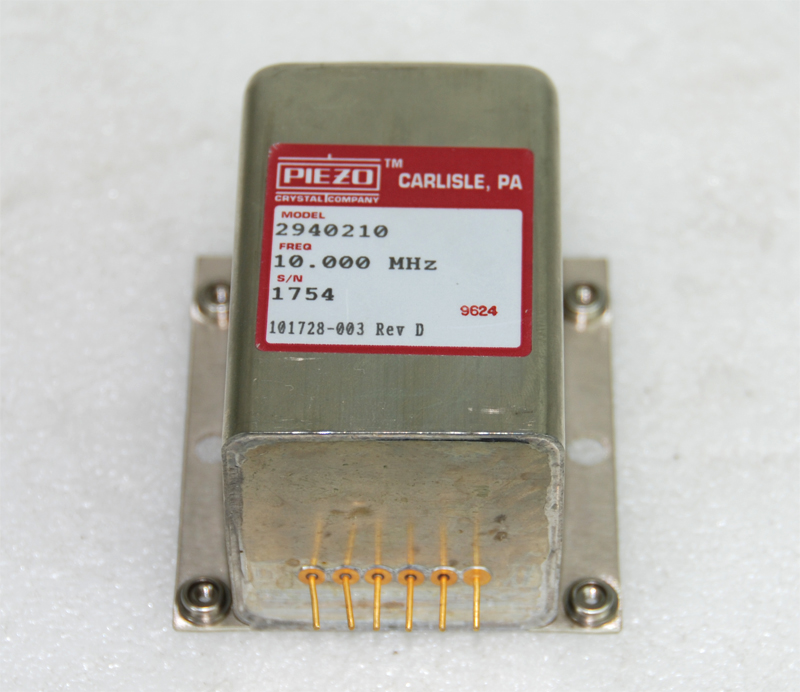Humans have long admired the sound of birdsong, but to fully appreciate how technically amazing it is, you need an ultrasonic microphone. [Benn Jordan] recently created a video about using these microphones to analyze a collection of bird calls, even training a starling to repeat an image encoded in sound, and has some recommendations for amateurs wanting to get started in computational ornithology.
In the first part of the video, [Benn] set up automated ultrasonic recorders at home, made recordings in Florida and rural Georgia, and visited a starling named “The Mouth,” famous for his ability to mimic human sounds. As a demonstration of his abilities, [Benn] drew a simple bird shape in a spectrogram, converted it into sound, and played it for The Mouth several times. Initially, it didn’t seem that the starling would repeat it, but while he was analyzing his recordings later, [Benn] found the characteristic bird shape. The Mouth had been able to repeat it almost pitch-perfectly. It was in this analysis that the ultrasonic microphones showed their worth, since they were able to slow down the birds’ complex vocalizations enough to detect their complex structures without losing audio quality. Continue reading “AVIF: The Avian Image Format”


















